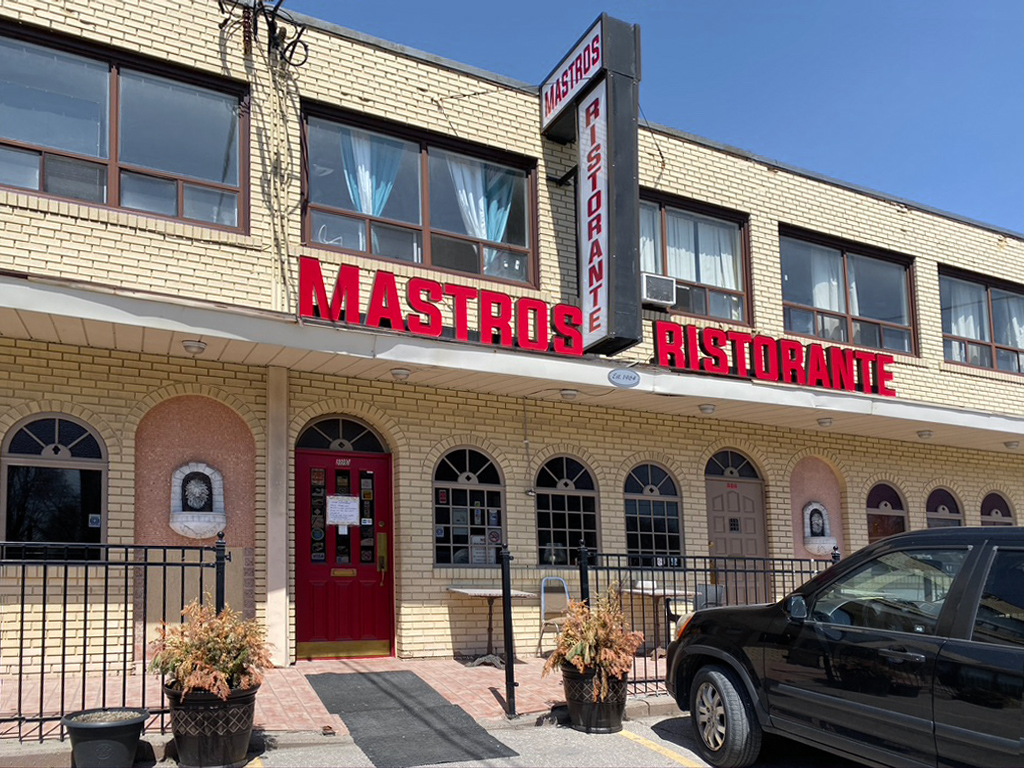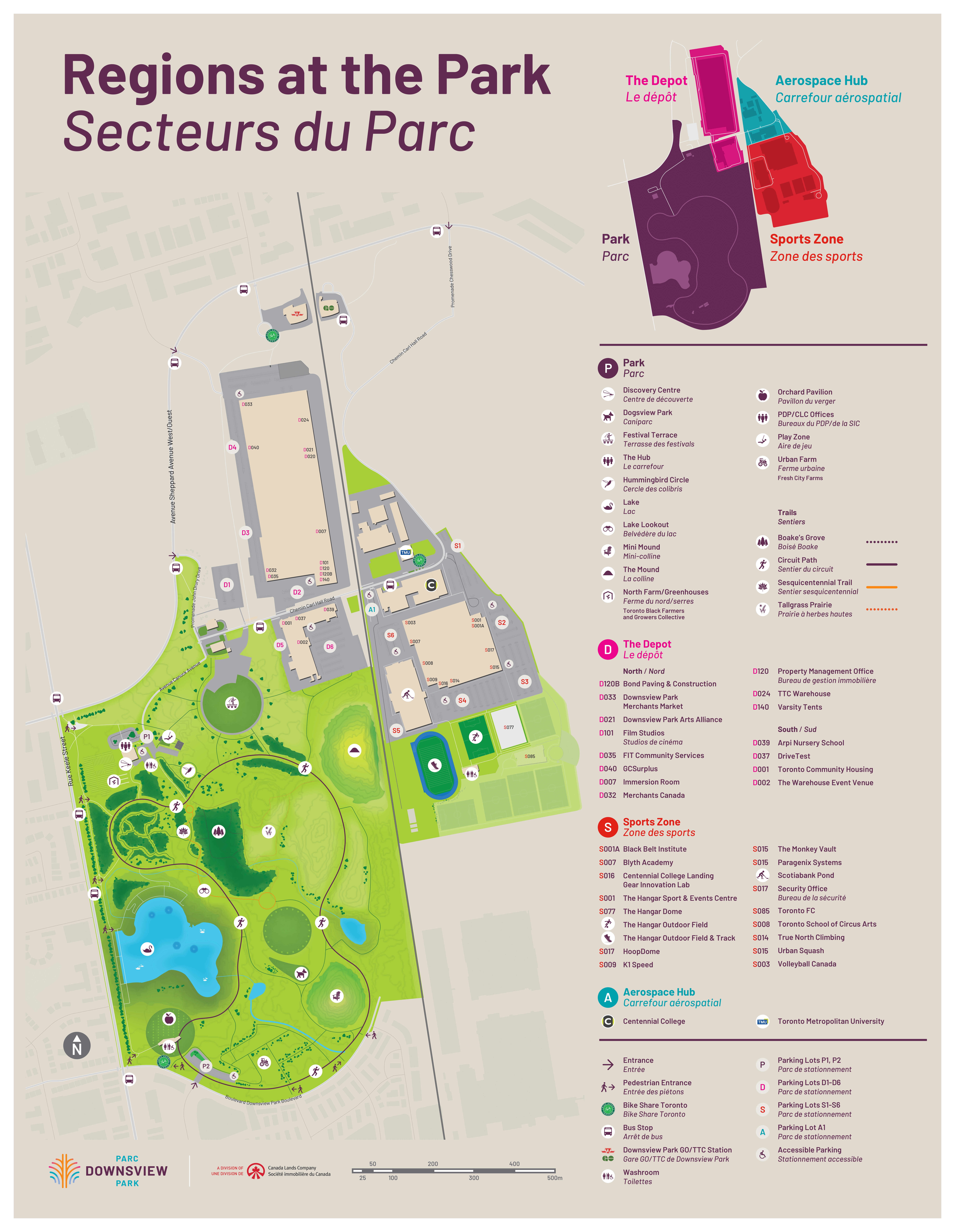Italians in Downsview
If the kitchen is the heart of the home, then Downsview's Italian families are doubly blessed. Almost every home has two kitchens!
Downsview's residential development coincided with the largest wave of Italian immigrants arriving in Canada. Some Italians had come to Toronto earlier, in a brief burst of migration that started in the 1920s, but the largest influx followed World War II. Approximately 20,000 to 30,000 Italians immigrated to Canada each year in the 1950s and ‘60s, eventually outpacing newcomers from Britain.
The majority came from Italy's southern regions such as Abruzzi, Sicily, and Calabria. Most were small landowners or tenant farmers driven by crushing post-war poverty, encouragement from friends and family in the new world, and hope. Despite their agricultural roots, most settled in cities – particularly Toronto and Montreal – and found work in factories or the construction trades. In the 1960s, Italian-Canadians comprised one-third of all construction workers in Toronto.
What Downsview offered to new Italian-Canadians and those who moved up from downtown Toronto's teeming Little Italy neighbourhood was more space. Downsview homes – primarily semi-detached, split levels, and bungalows – were modest but large enough for a second kitchen and, of course, a backyard garden.
Rosanna Iaboni's (née Seca) story is fairly typical of other Italian families in Downsview. Her parents arrived in 1961, assisted by an uncle in Toronto. Rosanna's father, who had been a tenant farmer in southern Italy, found work in construction. They lived on the top floor of the uncle's home for six years, saving until they could buy a two-storey semi-detached home in Downsview, for a family that had by then grown to four.
"The first thing my parents did was to put in the cantina, a vegetable garden – and the second kitchen!" The cantina, similar in function to a root-cellar or a cold room, stores cured meats, cheeses, and everything from the garden preserved in jars, especially the king of the kitchen, sugo (homemade tomato sauce).
The ubiquitous backyard vegetable garden of Italian-Canadians in Downsview served on many fronts. It was practical, economical, and a tie to the old country. Fruit trees were a point of pride with many families, grafting trees to grow pears, peaches, and apricots. The home gardens provided vegetables and herbs, many not available in the supermarket chains, such as Italian parsley, rapini, radicchio, broccoletto, garlic, peppers, basil, beans, zucchini, eggplant, and tomatoes, tomatoes, tomatoes!
The second kitchen, usually in the basement, was the place to process this garden bounty for storage in the cantina. It is a unique Canadian-Italian custom; these families had typically not had two kitchens in Italy. The Canadian second kitchen remained a popular feature with second-generation families also. Certain food preparation required a lot of space, such as rolling out homemade pasta, prepping tomatoes for sauce, and making sausage. Italian-Canadians are house-proud, boasting the highest percentage of homeownership of any population group in Canada at 86%.
Food is a defining element in any culture and nowhere is this more apparent than in the Italian-Canadian community. Italian bakeries, particularly bread bakeries, and restaurants opened along Downsview's main thoroughfares – Wilson, Keele, and Jane Streets. Bread was particularly welcomed in the early years as commercial bakeries could source the right flour to make Italian loaves. Many first-generation Italians will tell you their first encounter with "Canadian bread" was not good; it was soft, almost mushy, and tasted oddly sweet, like cake. Not at all like an Italian ciabatta, for example, with a crusty exterior and an open crumb interior. Rosanna Iaboni recalls her mother saying she almost wept when she was first introduced to Canadian bread and said, "If this is the only bread in Canada, I want to go home."
But it wasn't long before the favourite foods of Italy became the favourite foods of all Toronto. No single culture has contributed more to the food habits of Toronto than the Italian: espresso, ciabatta, gnocchi, linguine, and pizza! Virtually non-existent in Toronto before 1965, pizza quickly became the most ubiquitous fast food in the country.
Downsview's Italian population grew through the decades – peaking in the 1960s and '70s – and then declining somewhat in succeeding decades as waves of new immigrants, many from Portugal and the Philippines, moved to Downsview. Still, the Italian presence remains significant; the 2016 Canadian census shows Italian the single most common language after English.





